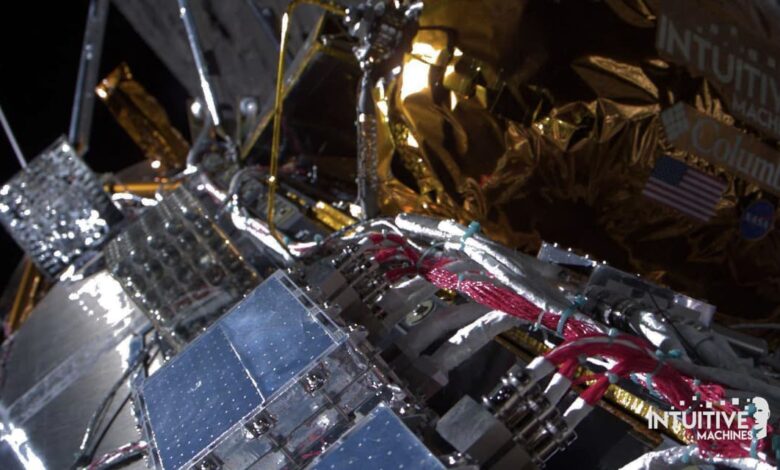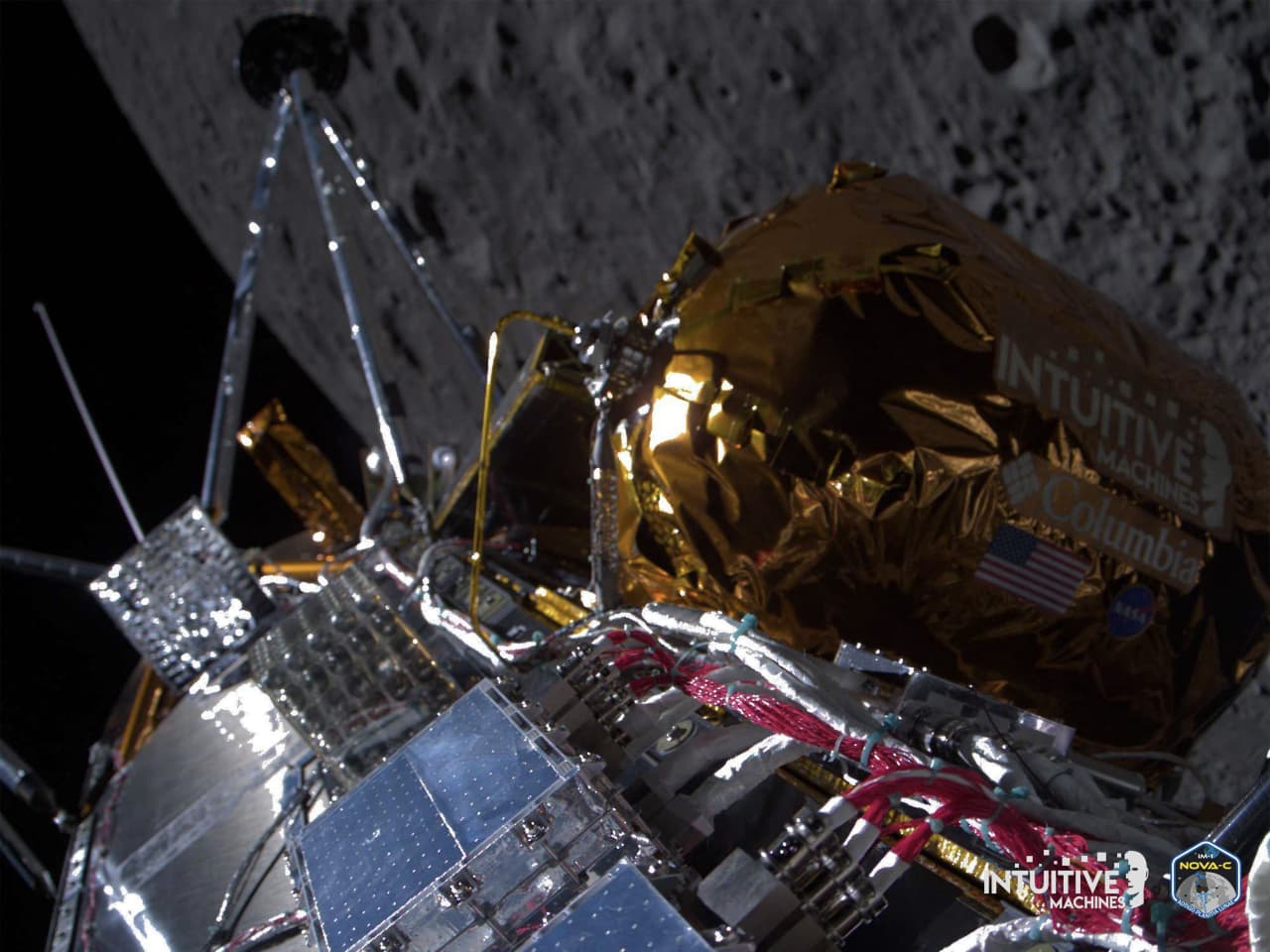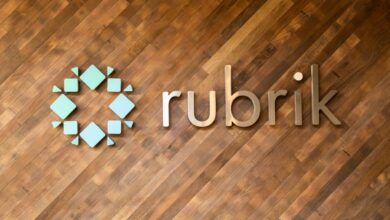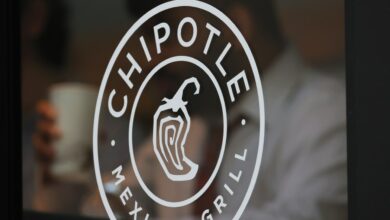Odysseus lander reaches moon, rockets Intuitive Machines’ stock up 37%

Intuitive Machines Inc. made history Thursday when the Houston-based space-exploration company’s Odysseus spacecraft became the first commercial lander to successfully reach the moon.
The uncrewed Odysseus lander is also the first American spacecraft to reach the lunar surface since Apollo 17’s Challenger lunar module in December 1972.
Intuitive Machines shares
LUNR,
soared more than 37% after hours Thursday on the news of the successful landing. The stock ended the day’s regular trading down 11.2% but has climbed 184.5% in the last three months.
Odysseus, which is carrying NASA science and technology instruments, reached the lunar south pole at 6:23 p.m. Eastern time Thursday, after an autonomous descent that concluded its journey to the moon. A nerve-wracking few minutes followed while Intuitive Machines’ mission control awaited communications from the probe, before confirmation that a faint signal was received from Odysseus’ high-gain antenna.
“Our equipment is on the surface of the moon, and we are transmitting,” said the mission director on a livestream of the landing.
“After troubleshooting communications, flight controllers have confirmed Odysseus is upright and starting to send data,” Intuitive Machines wrote on Twitter, formally known as X, at 8:25 pm ET. “Right now, we are working to downlink the first images from the lunar surface.”
Odysseus landed near the moon’s Malapert A crater, an area chosen as a relatively flat and safe landing zone amid the moon’s otherwise heavily cratered southern highlands.
Related: Moon launch sends Intuitive Machines shares skyrocketing
The landing zone was also chosen because the location will help mission planners understand how to communicate and send data back to Earth from a location where Earth is low on the lunar horizon, according to NASA.
The mission is carrying NASA instruments focusing on plume-surface interactions, space-weather and lunar-surface interactions, radio astronomy, precision-landing technologies, and a communication and navigation node for future autonomous-navigation technologies, according to the space agency.
Commercial moon landings are considered important scouting missions for the NASA’s Artemis moon-exploration program. Last month, NASA said it is targeting September 2025 for its first crewed Artemis mission around the moon, and September 2026 for its Artemis mission to land astronauts near the lunar south pole.
Intuitive Machines’ Nova-C-class lunar lander, dubbed Odysseus after the hero of Homer’s “Odyssey,” launched atop a SpaceX Falcon 9 rocket on Feb. 15. The lM-1 mission was timed to take account of the monthly lunar-blackout period; the correct lighting conditions are available for only a few days each month near the moon’s south pole.
Complex lunar missions bring a high level of risk. Only five countries — the U.S., the Soviet Union, China, India and Japan — have completed moon landings, with the U.S. being the only country to place astronauts on the lunar surface. In January, the Japan Aerospace Exploration Agency’s uncrewed Smart Lander for Investigating Moon, or SLIM, landed on the moon, but the probe appeared to be upside down on the lunar surface in an image taken by SLIM’s rover.
Related: ‘No chance of a soft landing on the moon,’ says maker of private lunar lander
Other commercial moon landings have also been dogged with problems. In 2019, Israel’s Beresheet attempted to become the first private lander on the lunar surface, but crashed during its landing attempt. Four years later, Japan’s private Hakuto-R mission also failed to achieve a “soft landing” on the moon.
Last month, private U.S. space company Astrobotic Technology ended its troubled mission to place its Peregrine lander on the moon.
Like Astrobotic’s Peregrine lander, Intuitive’s Nova-C lander is part of NASA’s Commercial Lunar Payload Services (CLPS) initiative to deliver science and technology to the moon’s surface.
Related: This space stock is soaring as next commercial moon-landing mission looms
The Nova-C landers are scheduled for three missions to the moon, each of which have slight vehicle modifications, according to Intuitive Machines.
Source link





